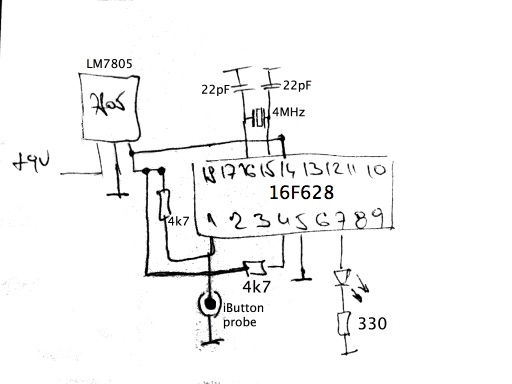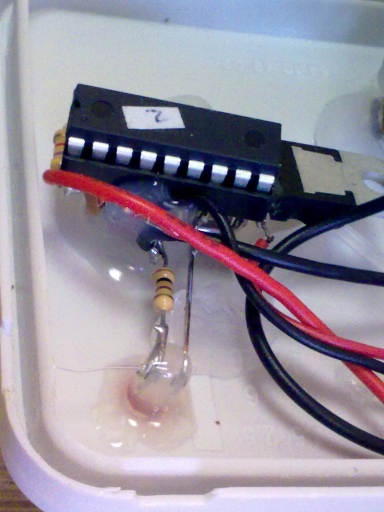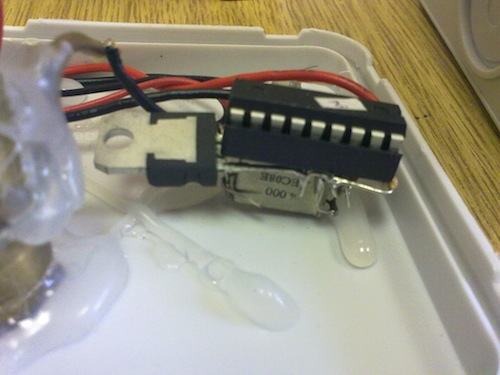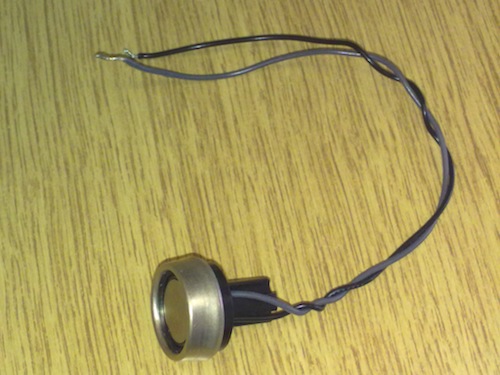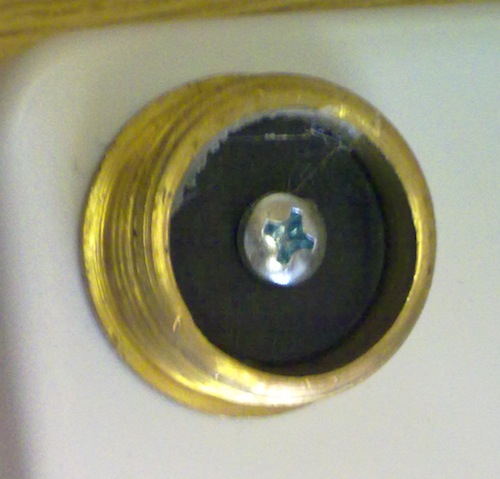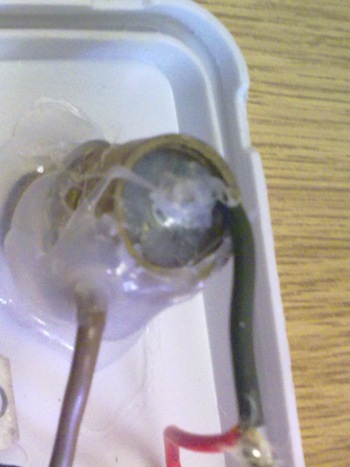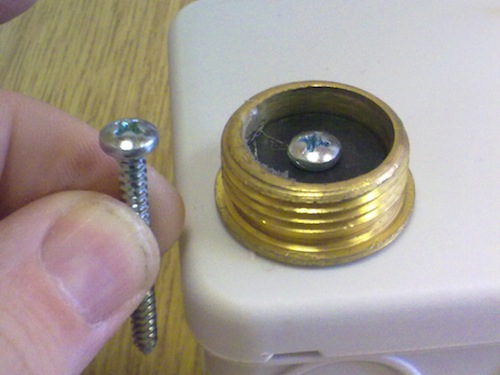Timing:
SportIdent (series 7 and 8 stations) - done in the control, accurate to +-20 s / month, internal clock accurate up to 4 ms. Prior versions had problem in very hot or very cold weather, and the timing was off.
Emit - done in the card. Known to have problems if the card's internal oscillator is malfunctioning.
OPORCON - done in the control. Accurate to +-10 seconds/
day. As you can see, it's very inaccurate. Some would argue that this is not enough. After reading several discussions on
AttackPoint , I realized that the worst problem is calculating finish results. According to the rules, it should be devised by separate timing systems, not by electronic control system. To make organization easier, many organizers believe in the times controls are giving them. In any case, don't use OPORCON at competitions, but on trainings.
Important: most controls are accurate within +-3 seconds a day, but skews up to to +-10 seconds/day were seen when some of the critical parts in internal clock were faulty or/and under harsh conditions (cold/warm).
Update: David and Bjorn changed internal clock on their controls so they are more accurate. Bjorn states that his controls are now accurate +-1 second a day (he says 1 to 2 seconds in 2 days, therefore the figure of +-1sec/day).
Control and card use
SportIdent: there are several control cards. Latest cards are read and writen in less then 150ms, older are in 330ms range. Controls give audio (sound) and visible (LED) confirmation. Simple to use, card tip is put in a hole on the control. No backup.
Emit: cards are read and written in less then 150ms. Controls give visible (LED) confirmation. Hard to use, card needs to be put on the control exactly as planned. Has paper backup.
OPORCON: cards are read and written in less then 50ms. Controls give visible (LED) confirmation. Easy to use, just put card to the connector. No backup. Some would argue that this system is worst out of all here. But it's the fastest, it's easy to use. OK, no audio confirmation but according to Attackpoint, when there's a heap on a control then it's better not to have audio confirmation as it can confuse. No backup is chosen as Emits paper backup often gets lost.
Update: David Deane added a buzzer for audio confirmation.
Control and card memory:
SportIdent: there are several control cards. Latest cards can have 30 or 60 locations, out of 220 possible controls. Controls save up to 1020 cards (runners).
Emit: cards can save 50 out of 140 possible controls. Controls don't save anything.
OPORCON: cards can save 30 out of 30 possible controls if DS1992 is used or 120 out of 120 possible if DS1993 is used. Controls don't save anything (IOF rules state even if something is saved in the controls, it proves nothing). While others save each control in order, OPORCON uses a simpler system. DS1992 has 1kBit of memory, which is divided in 32 time slots, where each slot is 32 bits. 32 bits are chosen as Unix timestamp format, in which control is working. Each control has it's slot, so maximum number of controls is 32. Slot 0 is for "START" control, and 31 (last one) as "FINISH". DS1993 is 4 times bigger, so it has 128 slots. This system is good enough for trainings because it has good and bad parts: good is that you never need to erase the card (because new visit will save new time), and the bad part is you can't save multiple visits, either by mistake or by intention. Do not use OPORCON in orienteering events with butterfly loops!
Clear & check
SportIdent: Each card needs to go through a clear and check procedure. Clear empties data on card, check checks if it's clear. In newer models it's set in one control.
Emit: Each card needs to go through clear procedure. Clear empties data on card and starts internal clock.
OPORCON: no need for clear procedure, data is stored in UNIX timestamp in comparison to 1.1.1970. Data is overwritten on new course, and on finish it's only needed to read data which is interesting (tha latest data).
Time synchronization
SportIdent: Each control needs synchronization. It can be done by connecting to computer (slow) or by using Time master device (fast). Can be done in the woods, but not suggested. Cards don't use timing.
Emit: No control synchronization. Card must go throgh clear procedure to start internal clock.
OPORCON: control synchronization is done by using appropriate iButton on control. It should be done on the spot - in the woods. Cards don't use timing.
Battery
SportIdent: internal battery on control, should be changed in factory (but there are DIY kits available). Battery life is 3-5 years. Cards don't use battery.
Emit: internal battery on both controls and cards. Should be changed in factory. Battery life (nominal) 8-10 years. Changing battery in card can affect timing system.
OPORCON: system board needs 5V, cards don't need power. How you get 5V it's up to you. System uses 2 mA in idle, and up to 5mA while working with card. In my setup, 9V battery is used with 5V voltage regulator (LM7805). Alkaline 9V batteries hold up to 500mAh, so one Duracell battery will be good fo 100 hours.
Update: David Deane runs his controls on 1.5V battery with a step up converter for voltages needed for iButton and PIC.
Control ID
SportIdent: ID of a control can be changed by connecting to a computer and using SI software.
Emit: control ID is hardcoded in the machine by manufacturer. Must be told when ordered.
OPORCON: control ID is hardcoded in the machine when chip is programmed. Chip can be reprogrammed by manufacturer. Possible improvement.
Update: David Deane improved it.
Posibility of wireless communication with finish
SportIdent: there are controls with RS232 output for communication.
Emit: there are controls with RS232 output for communication.
OPORCON: no RS232 output. Chip used in OPORCON has support for serial communication, so this is a possible improvement.
Price
Prices here are for controls and cards only, without equipment for start, finish and synchronization.
SportIdent: price of one control is 80-100 Euros, price per card is 20-50 Euros.
Emit: price per control is 40-90 euro, cards costs 40-90 euro.
OPORCON: price per control 10-15 euro, cards cost 5-10 euro.
